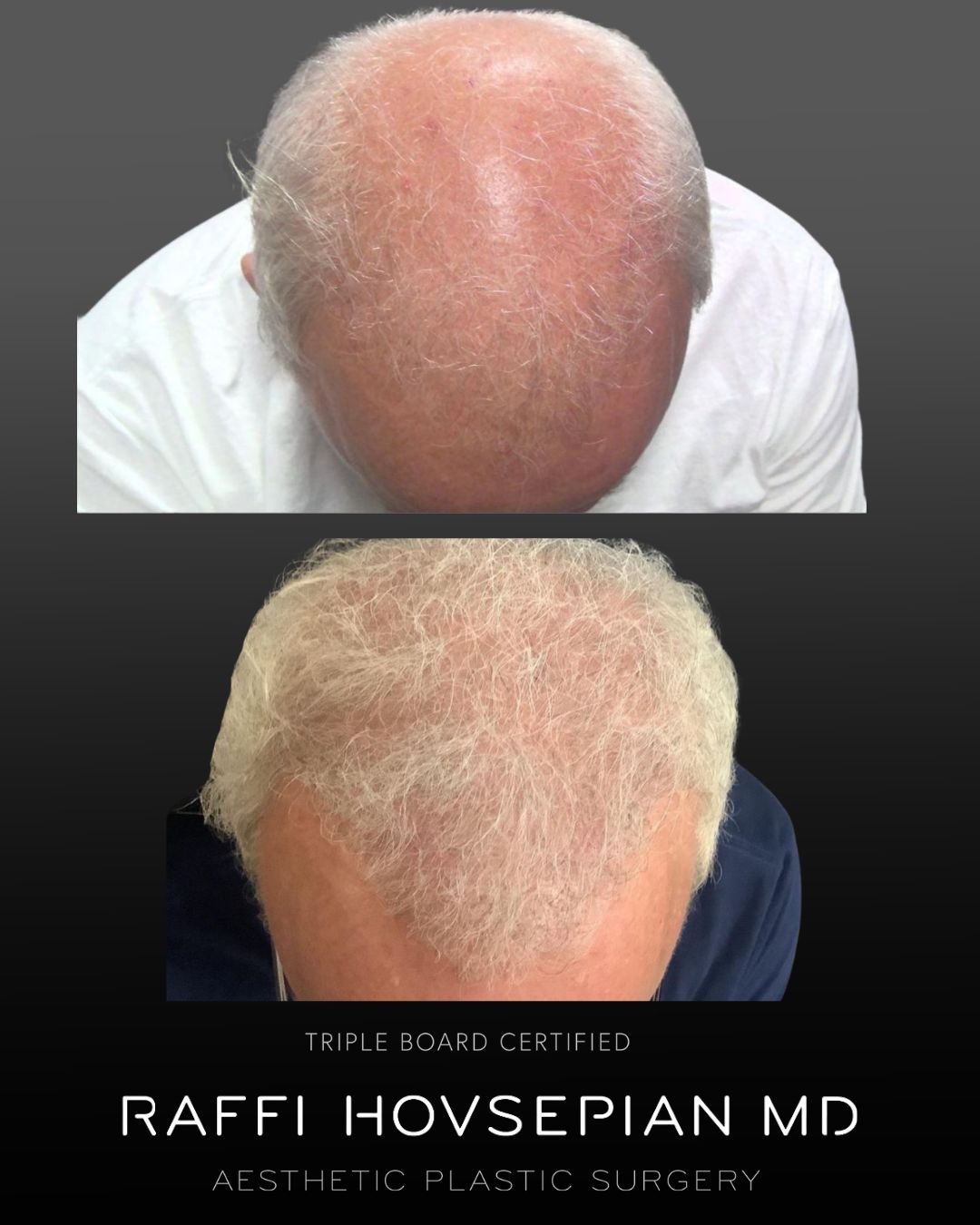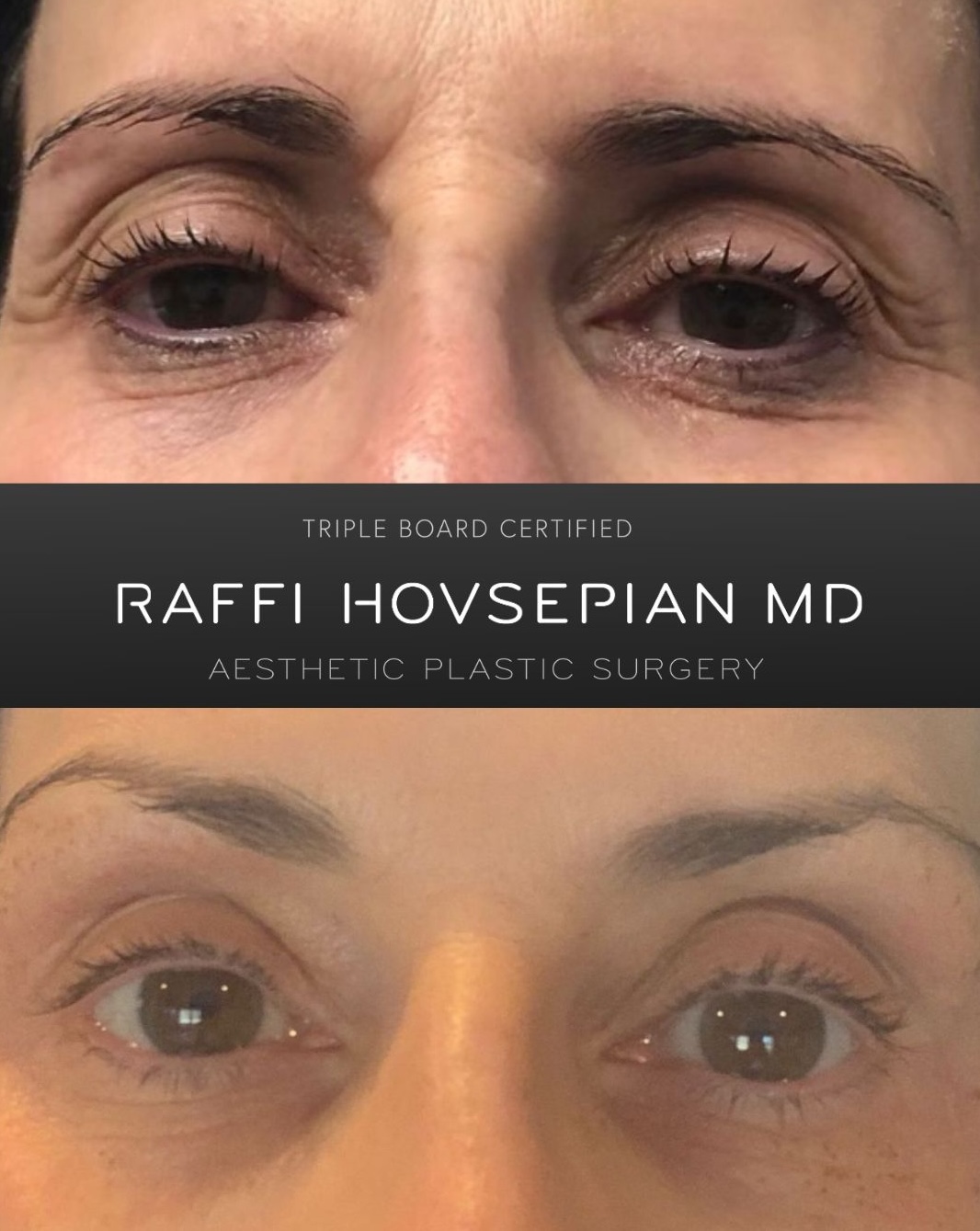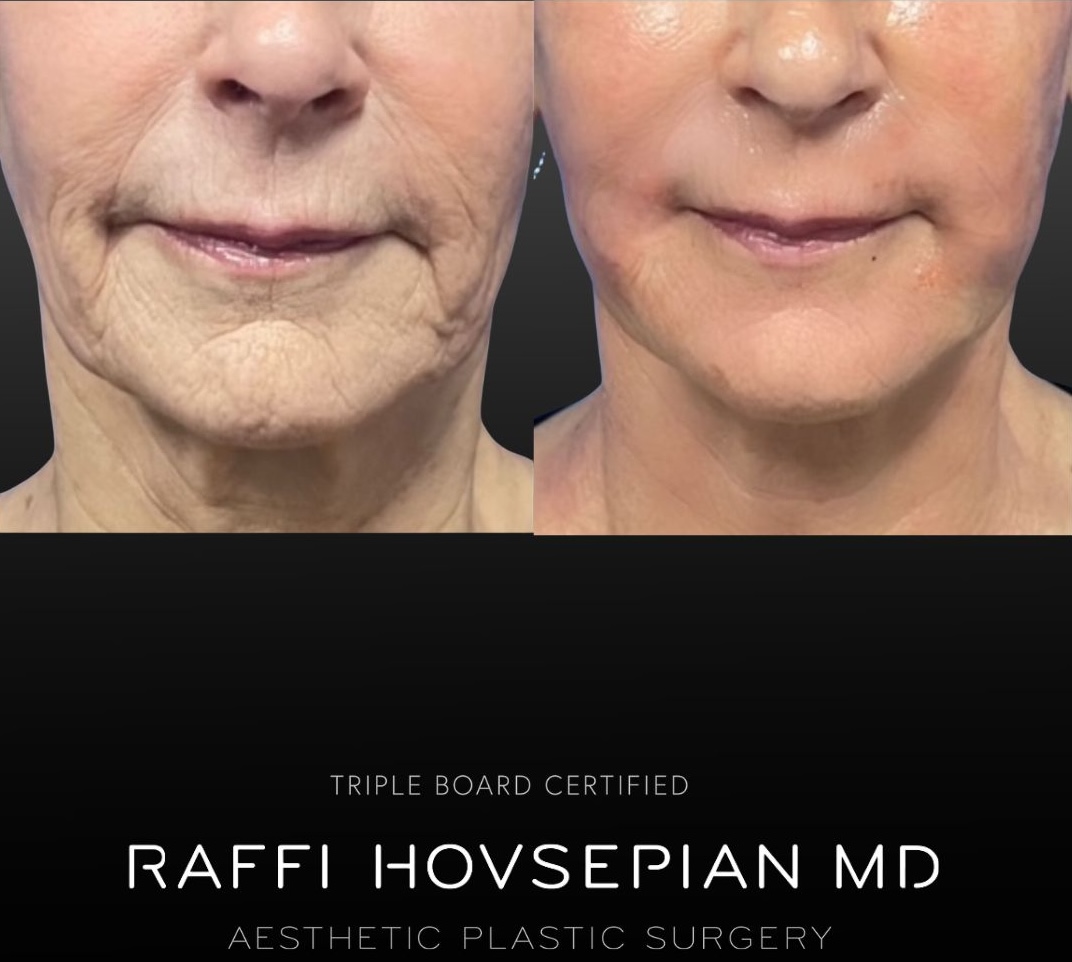
When it comes to regenerative medicine, two popular treatments that often come up in discussions are exosomes and platelet-rich plasma (PRP). Both therapies have shown promising results in various medical fields, including orthopedics, dermatology, and aesthetics. However, understanding the differences between exosomes and PRP is crucial in determining which treatment is best suited for your specific needs. In this blog, Dr. Raffi Hovsepian will explore the characteristics, benefits, and considerations of both exosomes and PRP to help you make an informed decision.
What are Exosomes?
Exosomes are tiny extracellular vesicles that are naturally produced by cells in the body. These vesicles contain a variety of bioactive molecules, such as proteins, nucleic acids, and growth factors. Exosomes play a vital role in cell-to-cell communication and have been found to have regenerative and healing properties. They can be harvested from various sources, including mesenchymal stem cells, and then purified for therapeutic use.
Platelet-Rich Plasma (PRP):
PRP is a treatment that utilizes a concentrated form of platelets derived from the patient's own blood. Platelets are rich in growth factors and other bioactive substances that promote tissue repair and regeneration. The process involves drawing a small amount of blood from the patient, isolating the platelets through centrifugation, and then injecting the concentrated PRP into the targeted area.
Benefits of Exosomes:
- Exosomes have a smaller size compared to PRP, allowing for better penetration into tissues and cells.
- They contain a diverse range of bioactive molecules, providing a broader therapeutic effect.
- Exosomes have shown promising results in various conditions, including wound healing, tissue repair, and anti-inflammatory effects.
- As exosomes are derived from mesenchymal stem cells, they can potentially differentiate into different cell types, aiding in tissue regeneration.
Benefits of PRP:
- PRP is easily accessible as it can be derived from the patient's own blood, reducing the risk of immune reactions or transmission of diseases.
- It is a cost-effective treatment option compared to exosomes.
- PRP has been extensively studied and used in various medical fields, proving its efficacy in conditions such as osteoarthritis, tendon injuries, and hair loss.
- The treatment process is relatively simple and can be performed on an outpatient basis.
Considerations for Choosing:
- The specific condition or injury you are seeking treatment for: Exosomes may be more suitable for complex or chronic conditions, while PRP can be effective for acute injuries or localized issues.
- Cost: Exosome therapy is generally more expensive than PRP due to the additional processing and purification steps involved.
- Availability: Depending on your location and medical provider, one treatment option may be more accessible than the other.
- Consultation with Dr. Raffi Hovsepian: It is essential to consult with a qualified healthcare provider like Dr. Raffi Hovsepian who can assess your individual case and recommend the most appropriate treatment option for you.
Conclusion:
Exosomes and PRP are both promising regenerative therapies with their unique characteristics and benefits. While exosomes offer a broader range of bioactive molecules and potential for tissue regeneration, PRP is a cost-effective and well-established treatment option. Ultimately, the choice between exosomes and PRP depends on your specific needs, the nature of your condition, and the guidance of Dr. Raffi Hovsepian, a triple board-certified plastic surgeon and expert in regenerative medicine. By consulting with Dr. Raffi, you can make an informed decision and receive the most effective treatment for your individual case.


